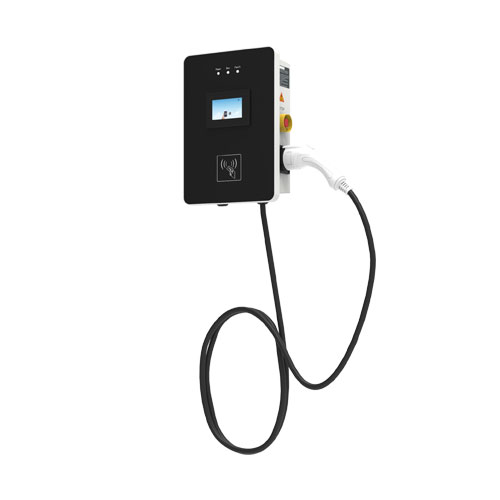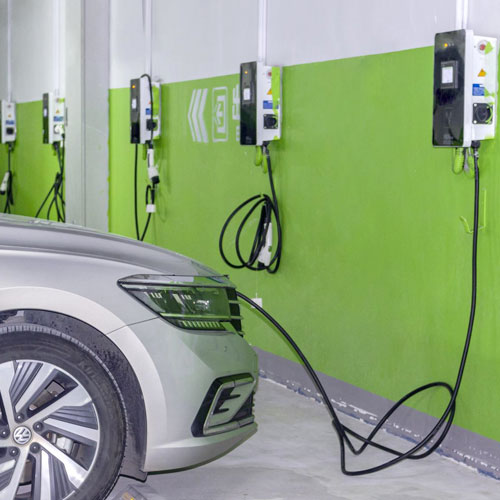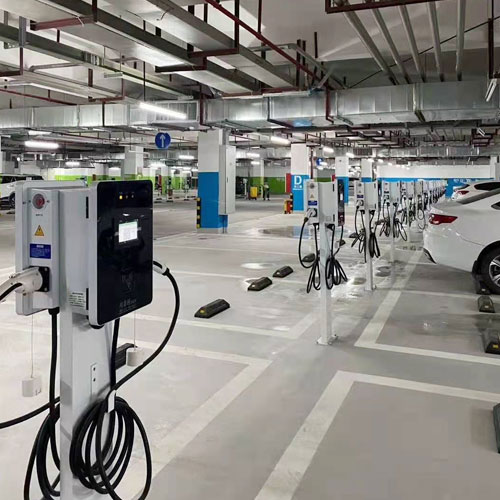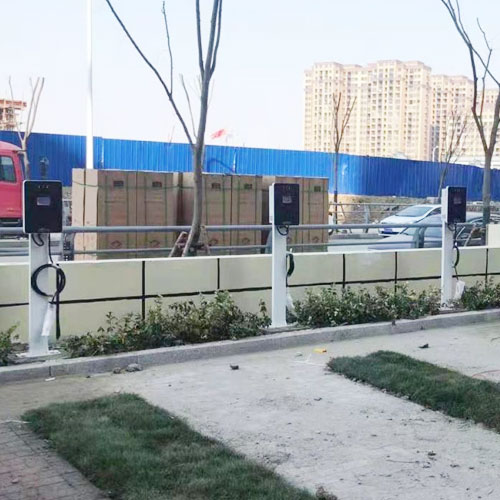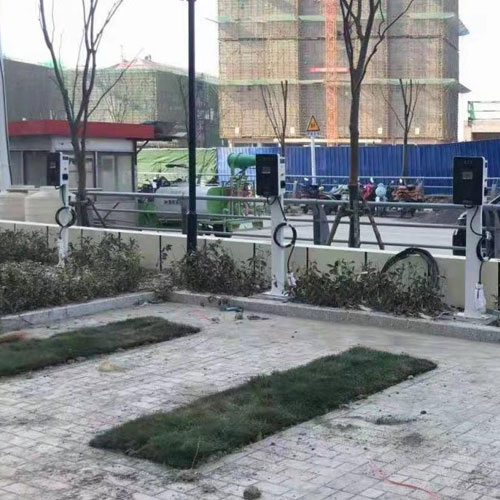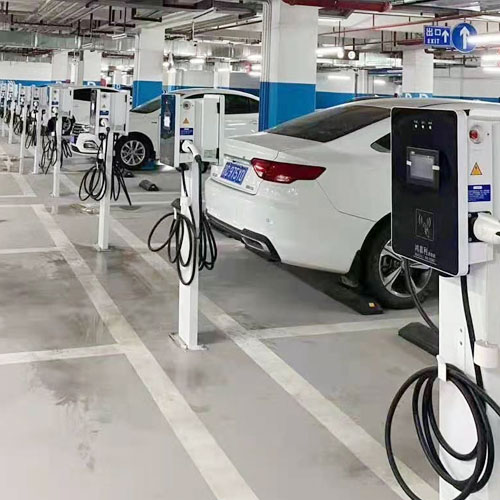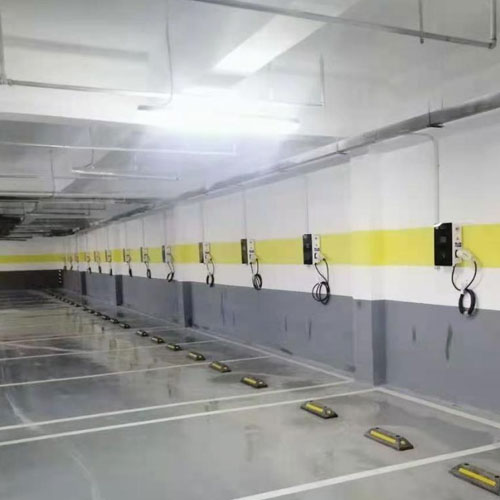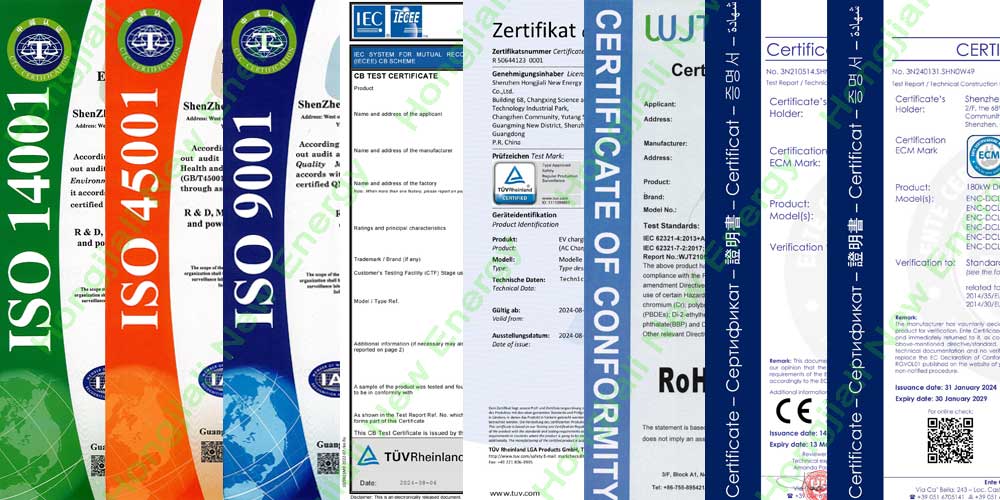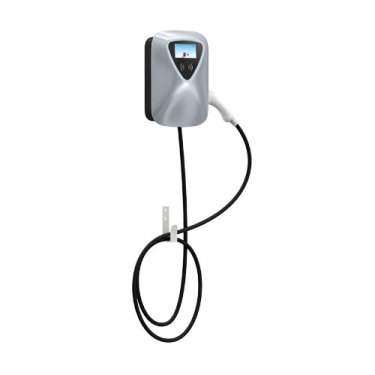Charger Type 2 electric car ev charging station is mainly used for home, workplace and public charging station installation, and is an important part of EV charging facilities. Charger Type 2 electric car ev charging station has higher power output and faster charging speed, which can meet the fast charging needs of EV users.
Charger Type 2 electric car ev charging station product technical parameters are as follows:
Parameters | Requirements | ||
General Requirements | |||
EV Charger Type | AC | ||
Charger Capacity | 11KW | 22KW | |
Equipment size | L359*140*H510(mm) | ||
Product Model NO. | ENC-ACB/L011A | ANSI-ACB/L011A | ENC-ACB/L022A |
Mounting | Wall-Mounted/Column Type | ||
Input Requirements | |||
AC Supply System | Single-Phase, 3 Wire AC system(ANSI) | ||
Three-Phase, 5 Wire AC system(ENC) | |||
Nominal Input Voltage | AC380V±15%(ENC) | AC240V±15%(ANSI) | AC380V±15% |
Input Frequency | 50±3Hz | ||
Environmental Requirements | |||
Ambient Temperature Range | -25 to 55°C | ||
Ambient Humidity | 5 to 95% | ||
Storage Temperature | -40 to 70°C | ||
Mechanical Requirements | |||
IP Ratings | IP 55 | ||
Cooling | Natural Cooling | ||
Output Requirements | |||
Number of Outputs | 1 | ||
Type of Each Output | AC380V±15%(ENC) | AC240V±15%(ANSI) | AC380V±15% |
Single Output Max.Current | 16 Amp/50 Amp | 32 Amp | |
User Interface & Display Requirements | |||
Display & Touch-Screen Size | 4.3 Inches Screen | ||
User Authentication | QR Code/RFID Card /Password Login | ||
Metering Information | Consumption Units | ||
Communication Requirements | |||
Communication between EVSE and Central server | OCPP 1.6J Protocol (Optional) | ||
Interface between Charger and CMS | Ethernet/3G/4G/WIFI (Optional) | ||
Protection & Safety Requirements | |||
Executive Standard | IEC 62196 2017, IEC 61851 2017, SAE J1772, etc. | ||
Safety Parameters | Over Current, Over Voltage, Under Voltage, Residual Current, Surge Protection, Leakage Protection, Short Circuit, Over Temperature, etc. | ||
